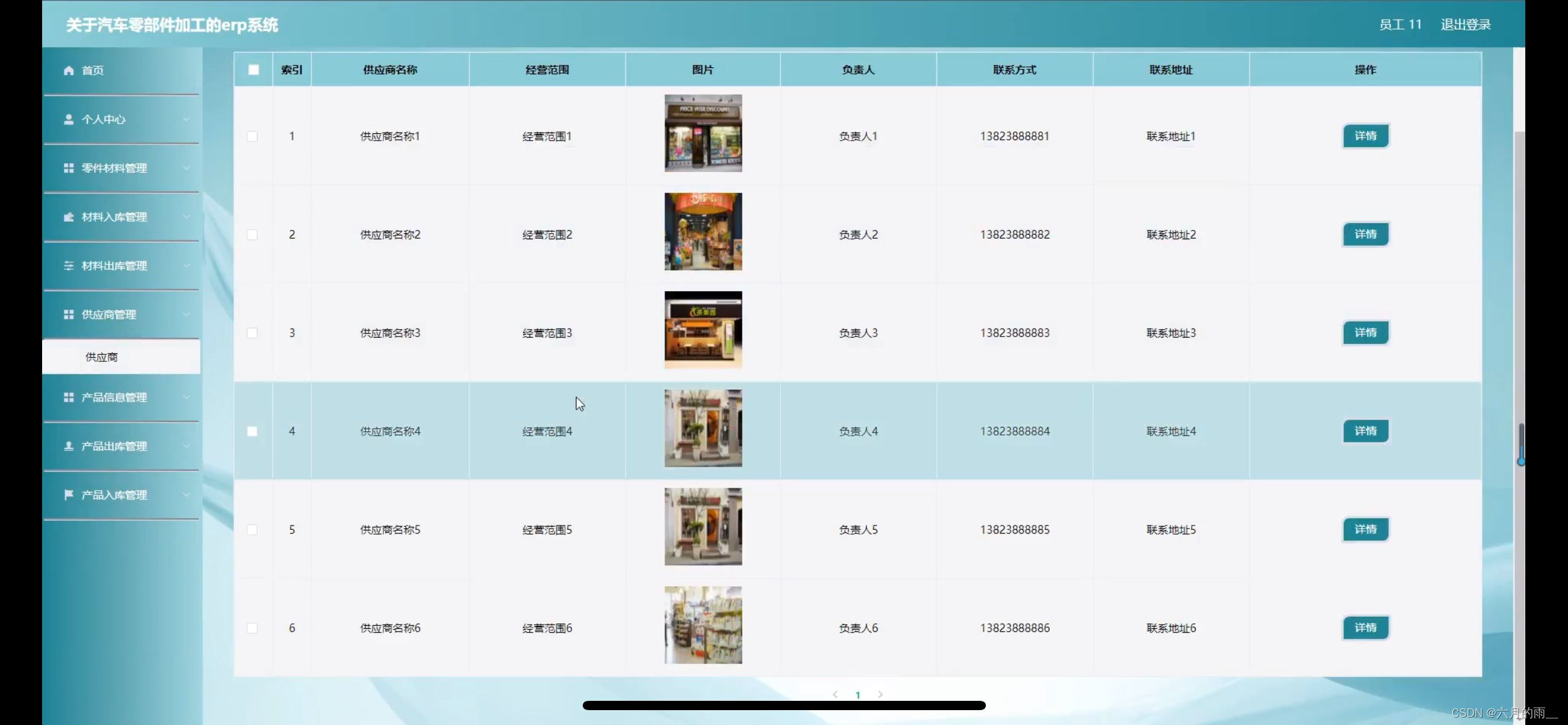1. 栈的概念及结构
栈的概念:
栈是一种特殊的线性表,其只允许在固定的一端进行插入和删除元素操作。进行数据插入和删除操作的一端称为栈顶,另一端称为栈底。栈中的数据元素遵守后进先出LIFO(Last In First Out)的原则。
压栈:栈的插入操作叫做进栈/压栈/入栈,入数据在栈顶。
出栈:栈的删除操作叫做出栈。出数据也在栈顶。
图解:

2. 栈的实现
1. 初始化栈
//初始化
void STInit(ST* ps)
{
assert(ps);
ps->a = NULL;
ps->capacity = 0;
ps->top = 0;
}2. 销毁栈
//销毁
void STDestroy(ST* ps)
{
assert(ps);
free(ps->a);
ps->a = NULL;
ps->top = ps->capacity = 0;
}3. 入栈
//入栈
void STPush(ST* ps, STDateType x)
{
assert(ps);
if (ps->top == ps->capacity)
{
int newCapacity = ps->capacity == 0 ? 4 : ps->capacity * 2;
STDateType* tmp = (STDateType*)realloc(ps->a, sizeof(STDateType) * newCapacity);
if (tmp == NULL)
{
perror("realloc fail");
exit(-1);
}
ps->a = tmp;
ps->capacity = newCapacity;
}
ps->a[ps->top] = x;
ps->top++;
}4. 出栈
//出栈
void STPop(ST* ps)
{
assert(ps);
assert(ps->top > 0);//防止栈为空
--ps->top;
}5.获取栈顶元素
//获取栈顶元素
STDateType STTop(ST* ps)
{
assert(ps);
assert(ps->top > 0);
return ps->a[ps->top - 1];
}
6. 容量
//容量
int STSize(ST* ps)
{
assert(ps);
return ps->top;
}
7. 判空
//判空
bool STEmpty(ST* ps)
{
assert(ps);
return ps->top == 0;
}3. 测试
int main()
{
ST st;
STInit(&st);
STPush(&st, 1);
STPush(&st, 2);
STPush(&st, 3);
STPush(&st, 4);
STPush(&st, 5);
//遍历栈,需要边获取边删除
while (!STEmpty(&st))
{
printf("%d ", STTop(&st));
STPop(&st);
}
printf("\n");
STDestroy(&st);
return 0;
} 
源代码
Stack.h
#pragma once
#include <stdio.h>
#include <stdlib.h>
#include <assert.h>
#include <stdbool.h>
typedef int STDateType;
typedef struct Stack
{
STDateType* a;
int top;
int capacity;
}ST;
void STInit(ST* ps);//初始化函数声明
void STDestroy(ST* ps);//销毁函数声明
void STPush(ST* ps, STDateType x);//入栈函数声明
void STPop(ST* ps);//出栈函数声明
STDateType STTop(ST* ps);//获取栈顶元素
int STSize(ST* ps);//容量
bool STEmpty(ST* ps);//判空
Stack.c
#define _CRT_SECURE_NO_WARNINGS 1
#include "Stack.h"
//初始化
void STInit(ST* ps)
{
assert(ps);
ps->a = NULL;
ps->capacity = 0;
ps->top = 0;
}
//销毁
void STDestroy(ST* ps)
{
assert(ps);
free(ps->a);
ps->a = NULL;
ps->top = ps->capacity = 0;
}
//入栈
void STPush(ST* ps, STDateType x)
{
assert(ps);
if (ps->top == ps->capacity)
{
int newCapacity = ps->capacity == 0 ? 4 : ps->capacity * 2;
STDateType* tmp = (STDateType*)realloc(ps->a, sizeof(STDateType) * newCapacity);
if (tmp == NULL)
{
perror("realloc fail");
exit(-1);
}
ps->a = tmp;
ps->capacity = newCapacity;
}
ps->a[ps->top] = x;
ps->top++;
}
//出栈
void STPop(ST* ps)
{
assert(ps);
assert(ps->top > 0);//防止栈为空
--ps->top;
}
//获取栈顶元素
STDateType STTop(ST* ps)
{
assert(ps);
assert(ps->top > 0);
return ps->a[ps->top - 1];
}
//容量
int STSize(ST* ps)
{
assert(ps);
return ps->top;
}
//判空
bool STEmpty(ST* ps)
{
assert(ps);
return ps->top == 0;
}test.c
#define _CRT_SECURE_NO_WARNINGS 1
#include "Stack.h"
int main()
{
ST st;
STInit(&st);
STPush(&st, 1);
STPush(&st, 2);
STPush(&st, 3);
STPush(&st, 4);
STPush(&st, 5);
//遍历栈,需要边获取边删除
while (!STEmpty(&st))
{
printf("%d ", STTop(&st));
STPop(&st);
}
printf("\n");
STDestroy(&st);
return 0;
}


















